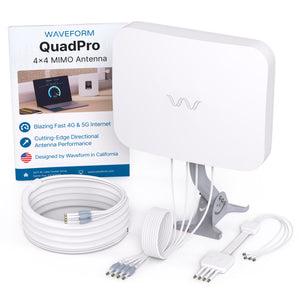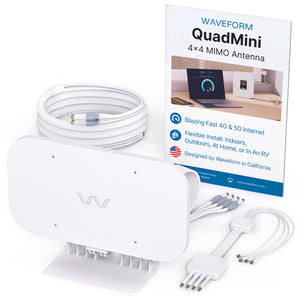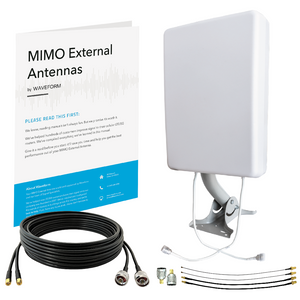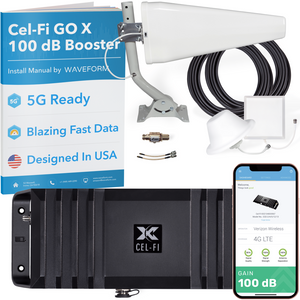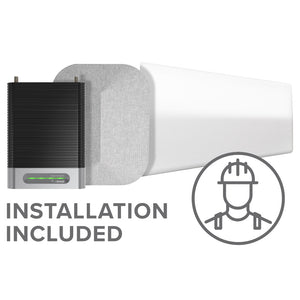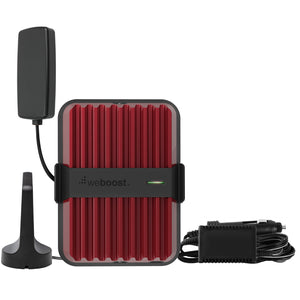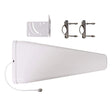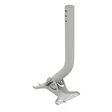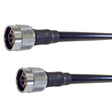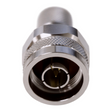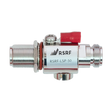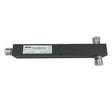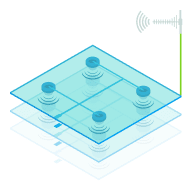Freshmen are off to college this month, and as you unpack your cases in your new dorm room, you might get a nasty shock - bad cell reception.
Your biggest worry might be meeting your roommate, but there’s another problem you might not have considered. What if your new building is a cell dead zone? Reliable cell service is more important now than ever. You want to keep in touch with family and friends back home, and find it easy to contact all your new classmates.
At Waveform, we have over a decade of experience helping people improve their cell service in every kind of building, right down to a small dorm room, and this is our comprehensive guide to getting the best signal when you go to college.
The first thing to consider is how to avoid the problem altogether. We’ve all experienced buildings where AT&T service is great, but Verizon almost nonexistent, or vice versa. You probably chose the network you’re with at the moment because it has great signal at home. What if it performs terribly in your new college town?
One way to check out carrier performance before you sign up to an expensive new contract is to check out a site like OpenSignal. If you enter your college’s zip code, you can see a detailed, up-to-date coverage map. You can be warned off an underperforming network, and if there’s a clear winner, you can switch to that.
If you’re thinking of getting a new phone for the start of school, switching carriers and getting a new contract could be a smart financial choice. Make sure you check your school’s website, too - often carriers offer student discounts, and your school will have details of that.
So you get your new phone, you’re confident you’re on the best package, and you’ve checked that the cell service is good in Collegetown. But as soon as you walk in the dorm building, you drop to one or even zero bars.

Why? It’s probably the dorm building materials. If it’s a traditional ivy-covered building straight out of a college movie, older materials like stone and brick weaken or block radio frequency (RF) signals. If it’s a newer building, you might be even worse off. Modern construction methods like steel rebar can create a Faraday cage effect that prevents cell signal penetrating walls. Construction materials like glass and concrete also deflect and distort signal.
If signal is terrible throughout a lot of buildings, you might want to suggest to your university that they consider installing a DAS solution. Our sister company RSRF installs affordable passive DAS in schools, hospitals, warehouses, apartment buildings, and more. But your school probably won’t jump right on that straight away! Luckily, there’s something you can do yourself if they don’t: a cellular signal booster.
At Waveform, we offer two great options for dorm-type situations: where you need cell service in just one small area, and you don’t have access to the roof to mount an outside antenna. These are plug-and-play units which attach to your window. A window antenna captures the outside signal, and runs it through a cable to the booster unit, which boosts and rebroadcasts the signal inside the room.

The weBoost eqo 4G boosts 2G/3G/4G/LTE voice and data on all major US and Canadian networks. The eqo uses a small and thin exterior antenna which needs to be attached to the outside of a window where signal is available. It's slim enough to fit between a window and a screen. This antenna is connected to the booster unit via a special 6' flat cable which allows the window to fully close. The amplifier unit boosts the signal and rebroadcasts it via the small internal antenna. The internal antenna needs to be at least 6' away from the booster to prevent oscillation (feedback). The eqo 4G will cover up to 1,500 sq t (about 1-2 rooms), making it a great choice for a dorm room. The eqo 4G is priced at $379.99.

Another option is the SureCall EZ-4G. The EZ-4G does not require any outside access at all. The combined donor antenna and amplifier is a fan-shaped unit which needs to be positioned indoors beside a window which receives some existing signal. It can be attached directly to the window or be freestanding with an included stand. It is 13" in diameter. A coax cable runs to the indoor antenna which rebroadcasts the boosted signal. This indoor antenna needs to be positioned away from the amplifier unit to prevent oscillation (feedback). While the eqo 4G only requires at least 6’ of distance, the EZ-4G requires at least 20’ (and ideally 30’) for maximum coverage. The EZ-4G is priced at $399.99.
A final option if you’re looking for a lower price point is the SureCall EZ-Call. This works exactly the same way as the EZ-4G above, but it only boosts 2G and 3G signals. It does not boost 4G LTE. It’s competitively priced at $299.99, but most college students will want 4G coverage as a priority. Still, if your phone will always be connected to the dorm building wifi, a 2G/3G option to receive texts, improve battery life, and prevent dropped calls could be a good option for you.
The great advantage of all three options is that they’re extremely easy to install. Unlike traditional home boosters which require mounting a roof antenna and running cable, all of these boosters are plug-and-play, require no ongoing maintenance or troubleshooting, and can be set up in just a few minutes.
Don’t let bad cell service get in the way of your college experience! And don’t forget to call your mom!
Through September 30, we are running a Back To School 5% discount on the three kits above!























